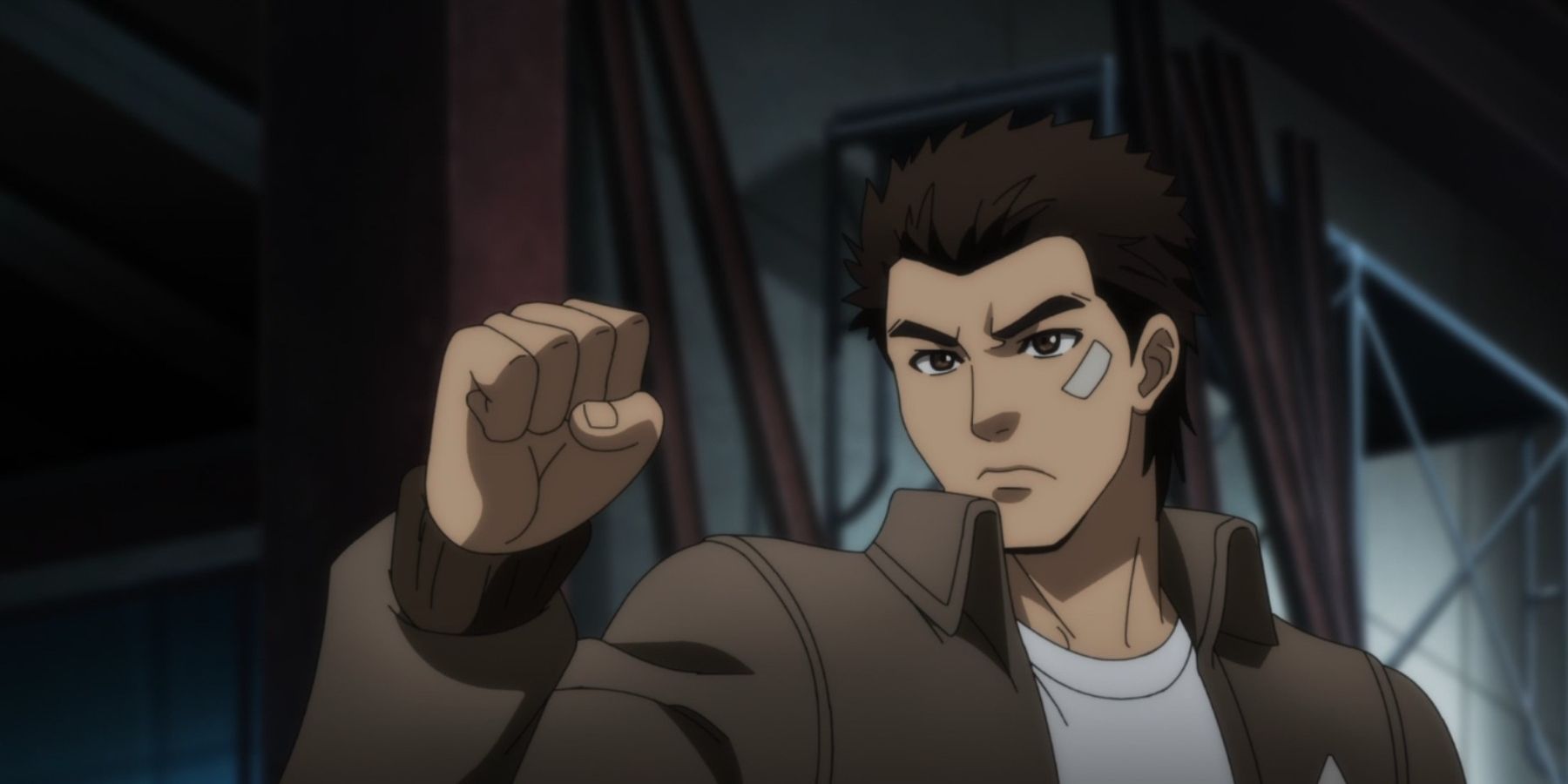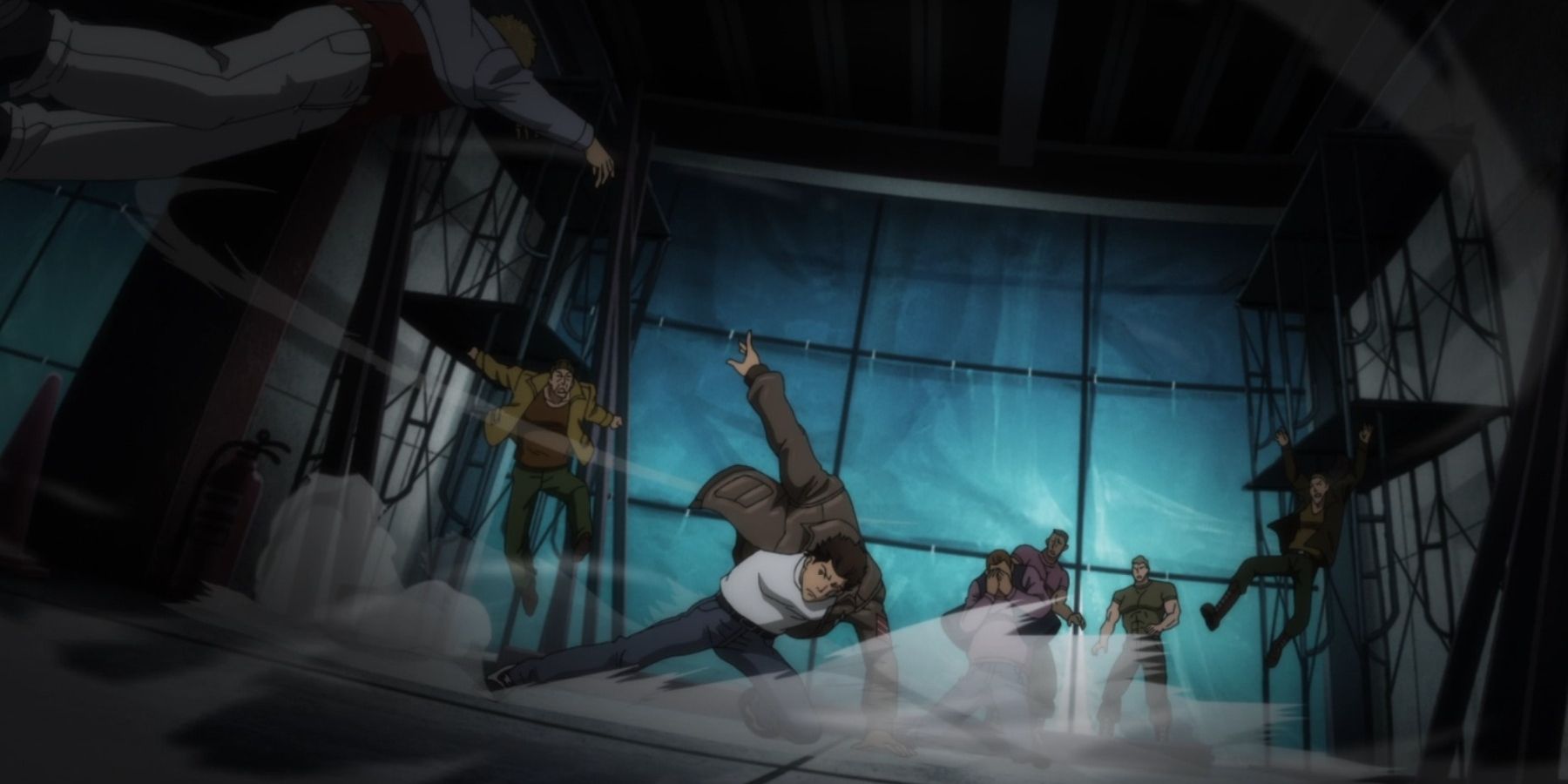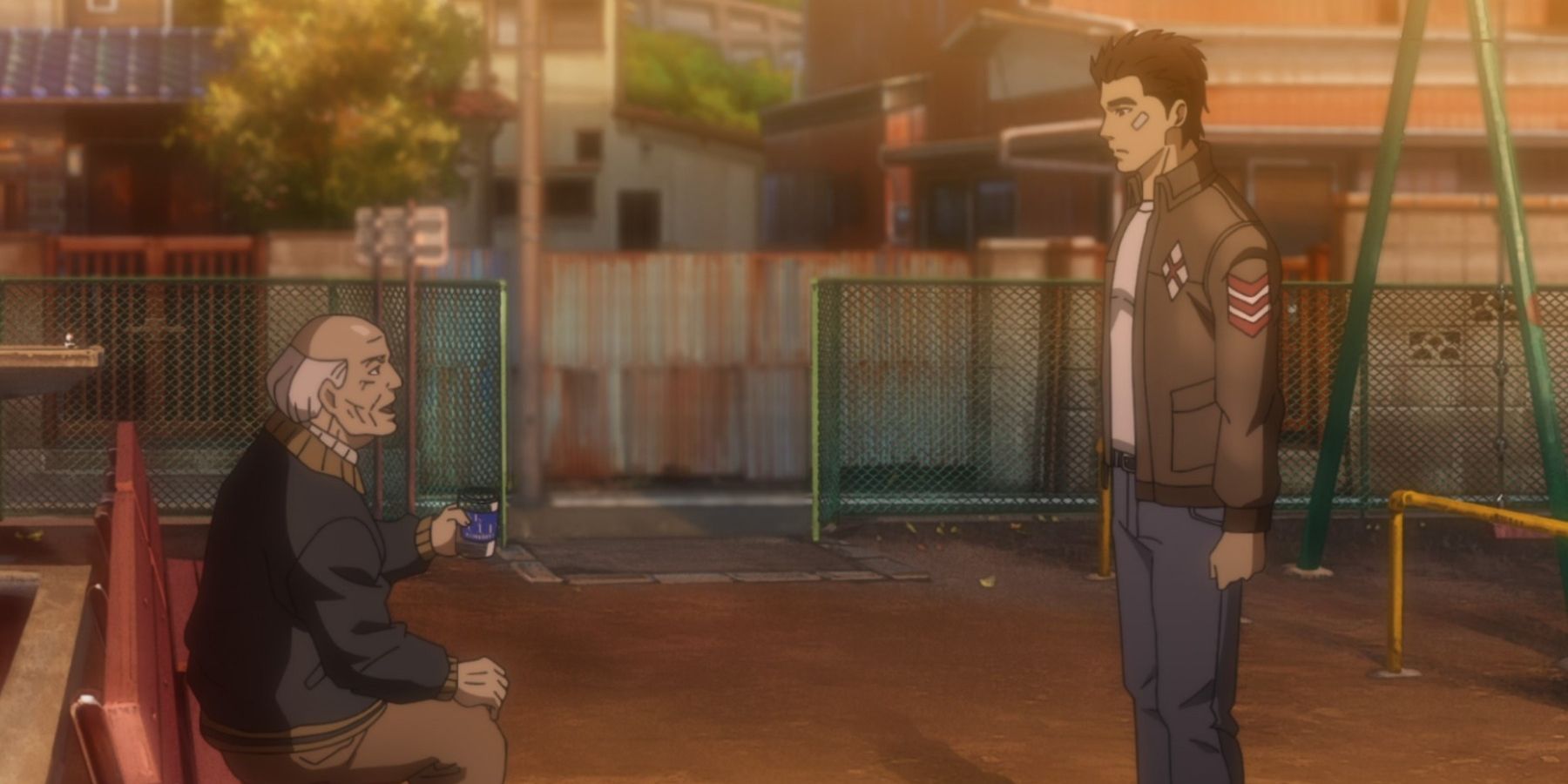The Shenmue anime had a lofty task to pull off in its premiere episode, to bridge the gap between Yu Suzuki’s masterwork in the video game space and television storytelling, and while that debut alone did enough to pass the mark, Ryo’s second animated outing does a far better job at providing viewers with a solid 23 minutes of entertainment.
On this occasion, Shenmue achieves this by giving Ryo plenty to do in a quest-like manner but also making sure to add a few action sequences along the way that help the series pick up the pace before things get too sluggish. Naturally, this means the Shenmue anime and the game begin to split even more with regard to the exact timing of some scenes, though fans of the games will find plenty of easter eggs and direct callbacks to the Dreamcast masterpiece.
As far as presentation goes, the series abandons the mythical initial sequence from the game it featured in episode one, and instead makes room for its opening song which was actually used in the end credits in the premiere (forklifts and all). The catchy theme song, titled “UNDEAD NOID”, is rather upbeat for the overall tone of the show and is pretty much as anime as it gets, however, the credits do feature Joy (a Shenmue 2 character), which again poses the question of just how far the story in season one progresses.
With that out of the way, Ryo picks up right where he left off, now having to find a Chinese translator for the mysterious letter sent to his father by Yuanda Zhu, which is the main theme for this episode and quite fitting for a Shenmue adventure. Shigeo Yamagishi is hardly changed from the games, and most of his scenes with Ryo are practically carbon copies from the first Shenmue game, nevertheless, there are small differences in how Ryo gets there and in the order some events unfold.
Regardless of that, what little discrepancies may exist are there for a reason, with some scenes simply being obviously modified to showcase more of Ryo’s character or how he interacts with those who surround him, especially Nozomi Harasaki. It may be a direct consequence of the poor dubbing work on Shenmue the game, but this Ryo doesn’t seem as indifferent to Nozomi’s flirting; it’s not as if the creators inserted a non-existent romantic side quest, it’s more like this version of Ryo feels like a real person, thus a welcome improvement in terms of story.
In any case, Ryo is a man on a mission, and in this case, his detective work leads him to hunt after Charlie Grant, finally landing near the docks (though again, there are no sailors yet) where we’re treated to him showing off some of that Hazuki karate. While the action in Shenmue is far from being top-level quality compared to other Crunchyroll productions, it feels satisfying enough and thrown in just the right amount without compromising the game’s nature.
For those that have played Shenmue games, it’s this section of the episode that will trigger more memories, because it practically feels like a direct recreation of the quests found there; whether it’s the young boy’s stolen soccer ball or the fact that Charlie’s grunts look just like in the game, it’s all well executed. Speaking of which, this time Ryo takes his first trip to the arcade, a staple of the franchise, where plenty of Sega easter eggs can be found, including Virtua Fighter setups.
This leads to Ryo second big fight in the anime, where he again displays his impressive karate skills, and the show does a great job at making this particular moment feel quite impactful. Again, the devil is in the details, and fans will have no problem pointing out at precise shots that practically beg to be quick time events where Ryo has to dodge incoming danger.
There's only a single flashback in the entire episode, however, it’s used smartly, just to emphasize the importance Ryo’s father, Iwao Hazuki, had in his life and upbringing only as a parent but as his sensei fro the young manga-reading Hazuki. A couple of time jumps do occur, yet they feel pretty adequately used as a way to advance the story and softly remind the audience that this is an anime whose origins lie in open world gaming, where the flow of time is wholly different.
In terms of in-game events, this episode doesn’t really advance the plot much, nevertheless, it never conveys that Shenmue’s anime pacing is dull nor detached from the game. This is still anime mostly aimed at gamers, but after finishing its introductory work it’s starting to look more like its own thing, one that later on might benefit from binge-watching for those unfamiliar with the franchise.



